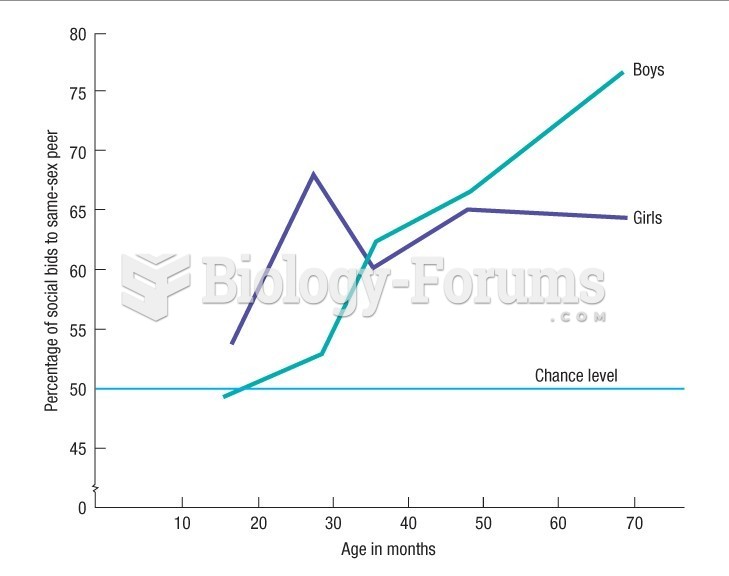This topic contains a solution. Click here to go to the answer
|
|
|
Did you know?
A strange skin disease referred to as Morgellons has occurred in the southern United States and in California. Symptoms include slowly healing sores, joint pain, persistent fatigue, and a sensation of things crawling through the skin. Another symptom is strange-looking, threadlike extrusions coming out of the skin.
Did you know?
The familiar sounds of your heart are made by the heart's valves as they open and close.
Did you know?
The average adult has about 21 square feet of skin.
Did you know?
The oldest recorded age was 122. Madame Jeanne Calment was born in France in 1875 and died in 1997. She was a vegetarian and loved olive oil, port wine, and chocolate.
Did you know?
It is difficult to obtain enough calcium without consuming milk or other dairy foods.







